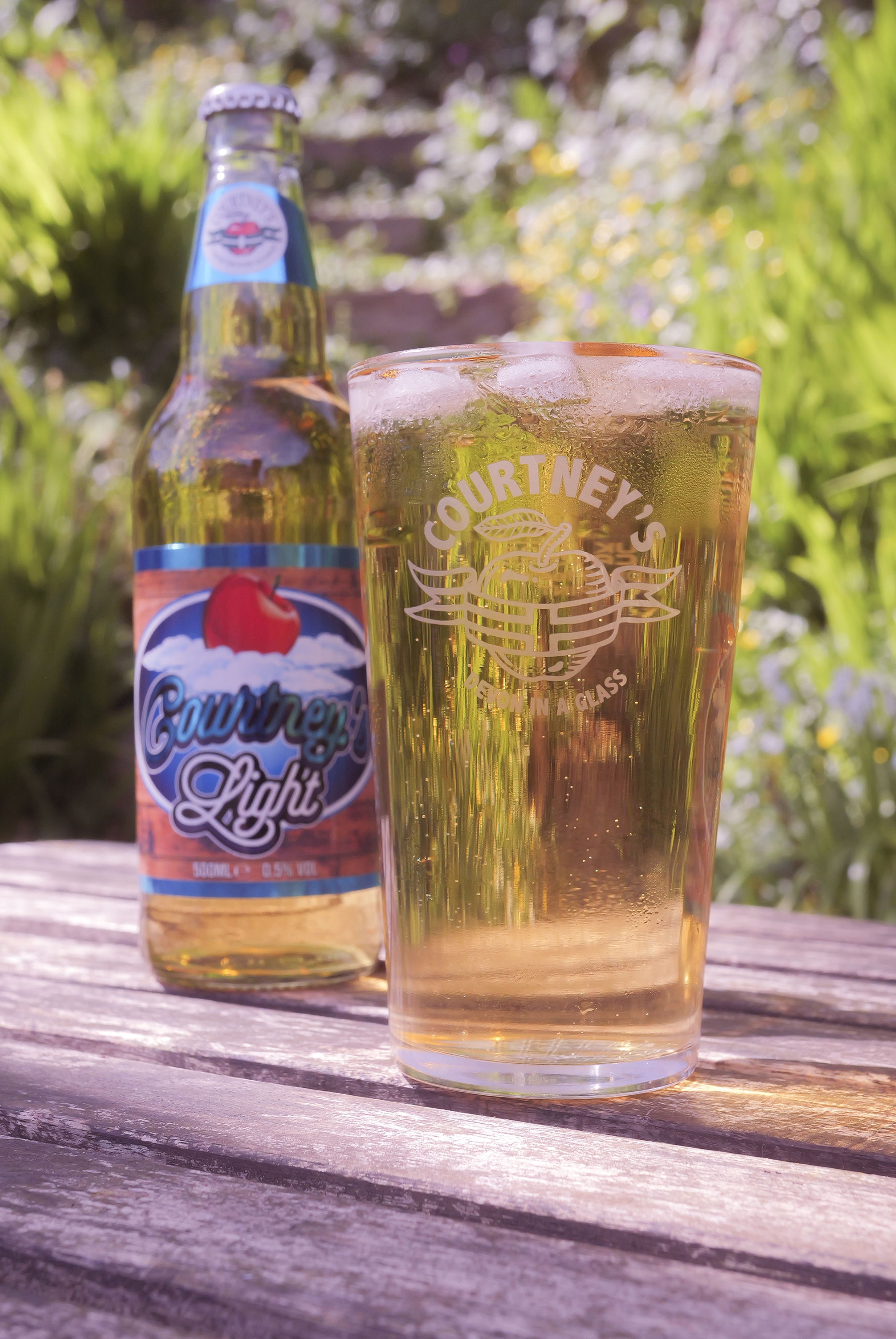How to Carbonate Your Cider: A Guide by Vigo Presses and Devon Drinks Solutions
How to Carbonate Your Cider: A Guide by Vigo Presses and Devon Drinks Solutions

Have you ever wanted to produce a fizzy cider? Carbonating your cider can add a delightful sparkle and enhance its flavour. At Devon Drinks Solutions, we’re here to guide you through two popular methods: bottle conditioning and force carbonating.
Bottle Conditioning
Bottle conditioning is a traditional method that involves adding a small amount of sugar to your cider before bottling. This sugar ferments in the bottle, producing carbon dioxide (CO2) which carbonates the cider.
Steps for Bottle Conditioning:
- Fermentation: Ensure your cider has completed its primary fermentation.
- Priming Sugar: Dissolve the appropriate amount of priming sugar (usually dextrose) in a small amount of boiling water. Allow it to cool.
- Mixing: Add the sugar solution to your cider and mix gently to avoid oxygenation.
- Bottling: Bottle the cider, leaving some headspace, and cap the bottles.
- Conditioning: Store the bottles at room temperature for 1-2 weeks to allow carbonation to develop
Advantages:
- Natural carbonation process.
- Adds complexity to the flavour.
Considerations:
- Requires careful measurement of sugar to avoid over-carbonation.
- Takes time for carbonation to develop.
Force Carbonating
Force carbonating involves directly injecting CO2 into your cider, typically using a kegging system. This method is faster and allows for precise control over carbonation levels.
Steps for Force Carbonating:
- Kegging: Transfer your cider into a clean, sanitised keg.
- Chill the cider if possible, for better CO2 absorption
- CO2 Injection: Connect the keg to a CO2 tank and set the regulator to the desired pressure (usually around 15-30 psi).
- Carbonation: Shake the keg gently to help dissolve the CO2 into the cider. Alternatively, let it sit under pressure for a few days
- Serving: Once carbonated, your cider is ready to be served directly from the keg or transferred to bottles.
Advantages:
- Quick and efficient.
- Precise control over carbonation levels.
Considerations:
- Requires additional equipment (keg, CO2 tank, regulator).
- Initial setup cost can be higher.
Which Method is Right for You?
Both methods have their merits. Bottle conditioning is ideal for those who enjoy traditional methods and don’t mind waiting for the carbonation to develop. Force carbonating is perfect for those who want quick results and precise control over their cider’s fizziness.
At Vigo Presses we offer a range of equipment to help you make your cider. Why not try our sister Company Devon Drinks Solutions achieve the perfect carbonation for your cider. Whether you’re a home brewer or a commercial producer, we have the tools and expertise to support your cider-making journey.
Happy cider making and cheers to your fizzy cider adventures!
